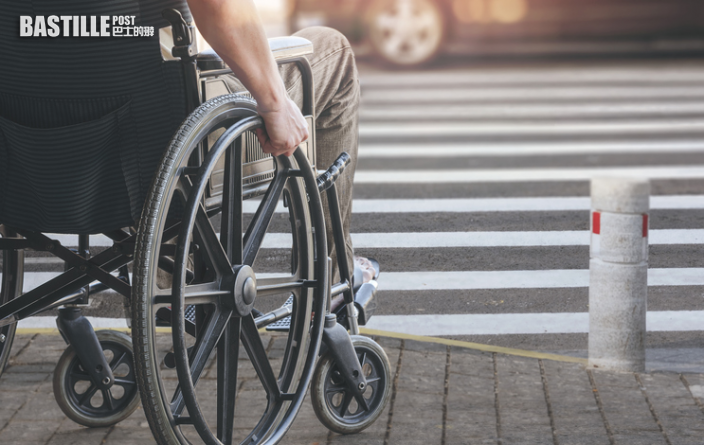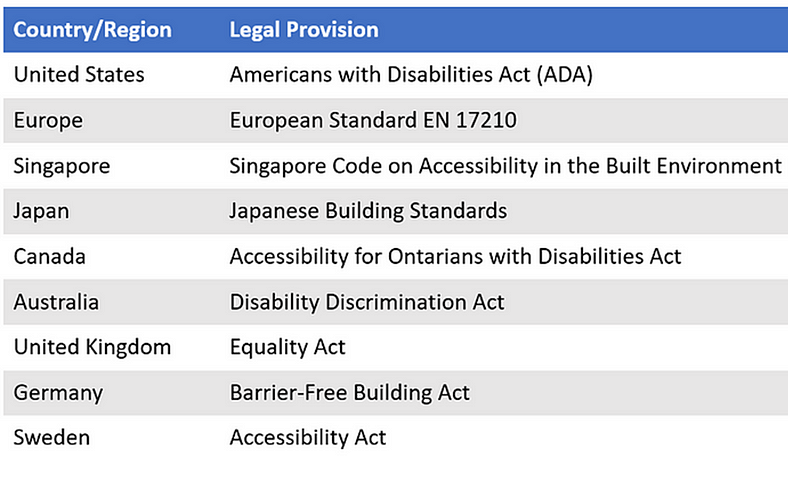
Introduction
Accessibility is a fundamental human right, yet it is often overlooked and neglected in many parts of the world. In developed countries, accessibility measures such as ramps, elevators, and tactile paving are commonplace, while in developing countries, they are often non-existent. This disparity in accessibility significantly impacts the lives of people with disabilities, making it difficult for them to participate fully in society. In this article, we will explore the issue of accessibility in developed and developing countries, the challenges faced by people with disabilities, and the potential solutions to bridge the gap.
Accessibility in Developed Countries
In developed countries, accessibility measures are mandated by law and integral to building design. This means that buildings, public transport, and other facilities are designed to be accessible to people with disabilities. For example, buildings must have ramps and elevators, and public transport must have wheelchair ramps and designated seating areas. These measures make it easier for people with disabilities to navigate their surroundings and participate fully in society.

Accessibility in Developing Countries
In contrast, accessibility measures in developing countries are often non-existent or inadequate. This is due to various factors, including lack of awareness, insufficient funding, and poor implementation of accessibility laws. As a result, people with disabilities in developing countries face significant challenges in accessing public spaces and services. For example, many buildings do not have ramps or elevators, making it difficult for wheelchair users to enter or exit. Public transport is often not accessible, with no wheelchair ramps or designated seating areas. These barriers make it difficult for people with disabilities to participate fully in society and lead independent lives.
Challenges Faced by People with Disabilities
The lack of accessibility in developing countries significantly impacts the lives of people with disabilities. They face numerous challenges in accessing essential services such as education, healthcare, and employment. For example, inaccessible schools make it difficult for children with disabilities to attend classes, while unavailable healthcare facilities make it difficult for them to receive medical treatment. Inaccessible workplaces make it difficult for people with disabilities to find employment and contribute to the economy. These challenges can lead to social isolation, poverty, and a lower quality of life for people with disabilities.

Potential Solutions
There are several potential solutions to bridge the gap in accessibility between developed and developing countries. One approach is to increase awareness and education about accessibility. This can involve training architects, engineers, and building owners on accessibility standards and best practices. Governments can also incentivise businesses and organisations to make their facilities accessible. For example, tax breaks or subsidies can be offered to companies that invest in accessibility measures.
Another approach is to provide funding for accessibility measures. Governments can allocate resources to build and retrofit buildings and public spaces to make them accessible. International organisations can also provide aid and support to developing countries to improve accessibility.
Finally, there is a need for more vigorous enforcement of accessibility laws. Governments can impose penalties for non-compliance with accessibility standards, and individuals can be empowered to file complaints and seek legal redress for violations of their rights.
Conclusion
In conclusion, the disparity in accessibility between developed and developing countries is a significant issue that affects the lives of people with disabilities. While developed countries have significantly improved accessibility, developing countries still have a long way to go. The challenges faced by people with disabilities in accessing essential services and participating fully in society are significant, but there are potential solutions to bridge the gap. By increasing awareness, providing funding, and enforcing accessibility laws, we can work towards a more inclusive and accessible world for all.
References
“UN Convention on the Rights of Persons with Disabilities”, UN, https://www.un.org/development/desa/disabilities/convention-on-the-rights-of-persons-with-disabilities.html
Challenges faced by people with disabilities: https://www.who.int/zh/news-room/facts-in-pictures/detail/disabilities
Potential solutions to improve accessibility: https://www.ohchr.org/sites/default/files/2023-04/A-HRC-52-32-Transformation-of-services-for-persons-easy-to-read_0.pdf